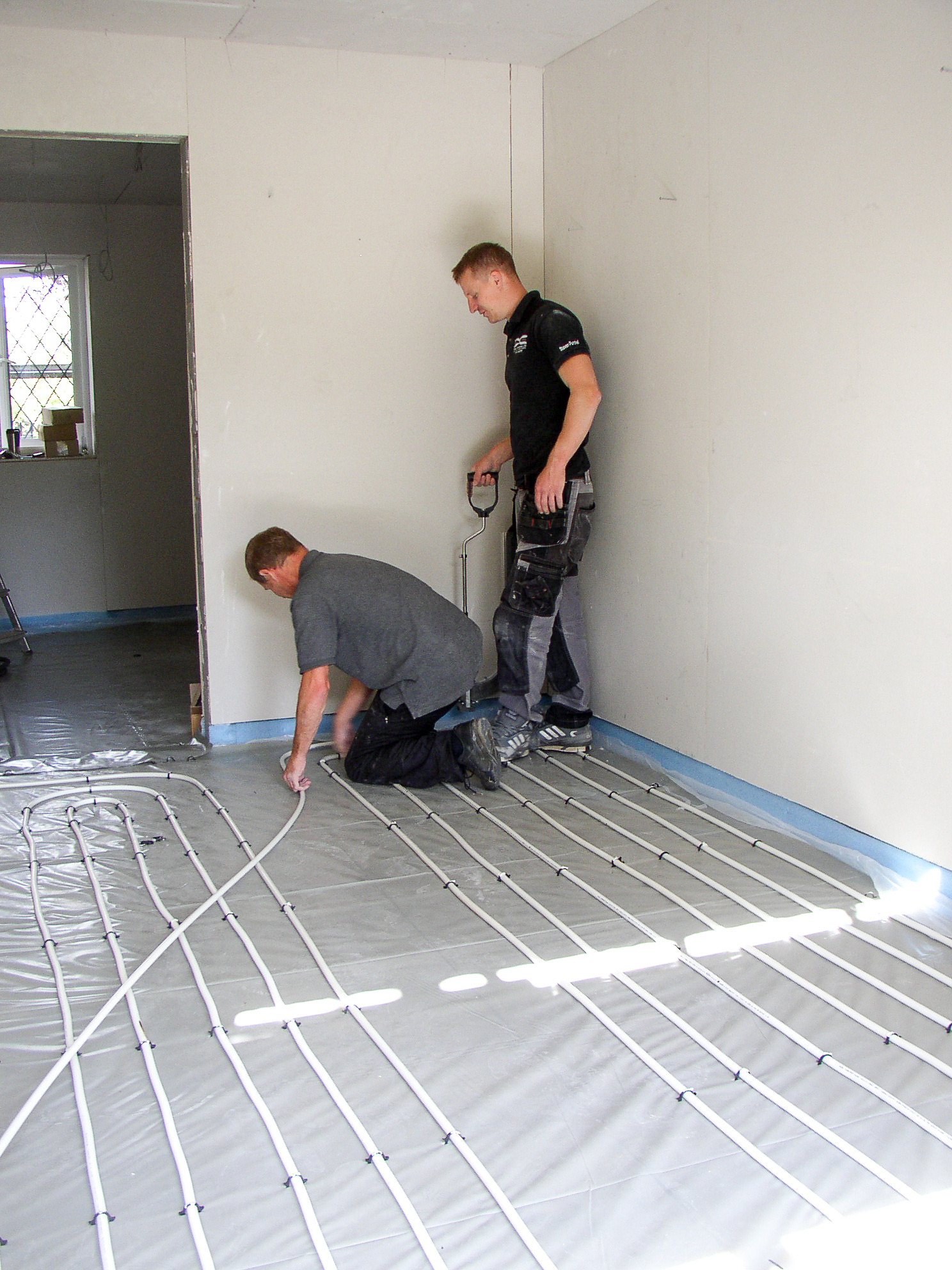I want to be eco-conscious for my home extension - what do I need to consider?
I want to be eco-conscious for my home extension - what do I need to consider?
Building an eco-friendly home extension in today’s climate can be a tricky balance of trying to do the right thing while also keeping tabs on your budget.
Often, with home extensions you have already inherited existing foundations and walls that may not be compatible with sustainability principles. But don’t worry, there are still many things you can do to be eco-conscious and build a home extension that minimizes waste, energy and emissions.
When planning a green home extension, make sure you give yourself time to consider all the options. Paying attention to the finer details of the build now, such as making simple swaps in what materials you use or what green tech you invest in, will make a big difference to your energy usage in the long term.

Here are 10 ways you can be more eco-conscious:
- Insulate. Insulate and insulate. Keep the heat in by adding solid wall insulation and cavity insulation. Using Celcon foundation blocks or Fibolite blocks to support a new wall will significantly reduce heat loss from ground floors.
- Underfloor Heating vs radiators. According to EcoHomes.uk replacing a central heating system that consists of radiators with underfloor heating will significantly reduce running costs and your CO2 emissions. Think about electrical underfloor heating or a water system, which can be cheaper to run.
- Roof lights or sky lights. The more natural light you can let enter into your extension, the less electricity you’ll need to light your new rooms.
- Install Solar Panels. Photovoltaic (PV) and solar thermal systems are a great way of producing electricity from the sun to run your home, and you can resell any energy you don’t need back to the national grid. On average, a PV solar system on a typical British home can save one tonne of polluting carbon emissions every year.
- Choose sustainably sourced materials. It’s a good feeling to know that swapping even one or two sustainable building materials will reduce your carbon footprint. Some things to consider include: European oak for the timber frame, doors and windows; Sheep’s wool or Hemp insulation in the walls and ceiling cavities; reclaimed stock bricks for the walls; traditional lime based mortar instead of modern cement and reclaimed floorboards.
- Change from a gas boiler to a wood fuel heating system to heat your eco-extension. What boiler you use can significantly reduce your carbon footprint. Wood fuelled heating and Biomass Heating systems are now a viable and affordable option. Some Biomass Boilers need to be manually monitored or loaded with pellets daily, so you need to be ready to switch your mindset in your new ‘go green’ lifestyle.
New tech on the market means there are many options for upgrading your boiler including Micro Combined Heat & Power (MCHP) boilers and Solar Thermal systems that harness heat from the sunlight. - Use low VOC Paint – Choose paints made from low Volatile Organic Compounds. They have less noxious smells and lower volumes of polluting chemicals.
- Connected thermostats and controllers. Control your entire home by zoning areas off using thermostatic radiator valves (TRVs) and room thermostats so you are only heating the rooms you are using.
- Exterior Wall Insulation. There are many benefits of insulating your external walls - it will significantly reduce heat loss and energy bills, reduce draughts and protect your walls from moisture. There are now many eco-friendly products available such as SecilVit Cork, which is free from chemicals, synthetic resins and carcinogenic materials.
- Upgrade your lighting. Switching to LED lighting is an easy way to reduce your energy consumption. You can also install Sensor Technology that automatically switches off lights when a room is empty and reduce your electricity usage by 30 per cent. Daylight sensors will automatically adjust the artificial lighting according to the amount of natural light in a room and reduce electricity use by up to 40 per cent. (CarbonTrust.com)
The more eco materials and green tech you can use, the more energy efficient your new extension will be – leading to a longer lasting home that will save you money year on year.
